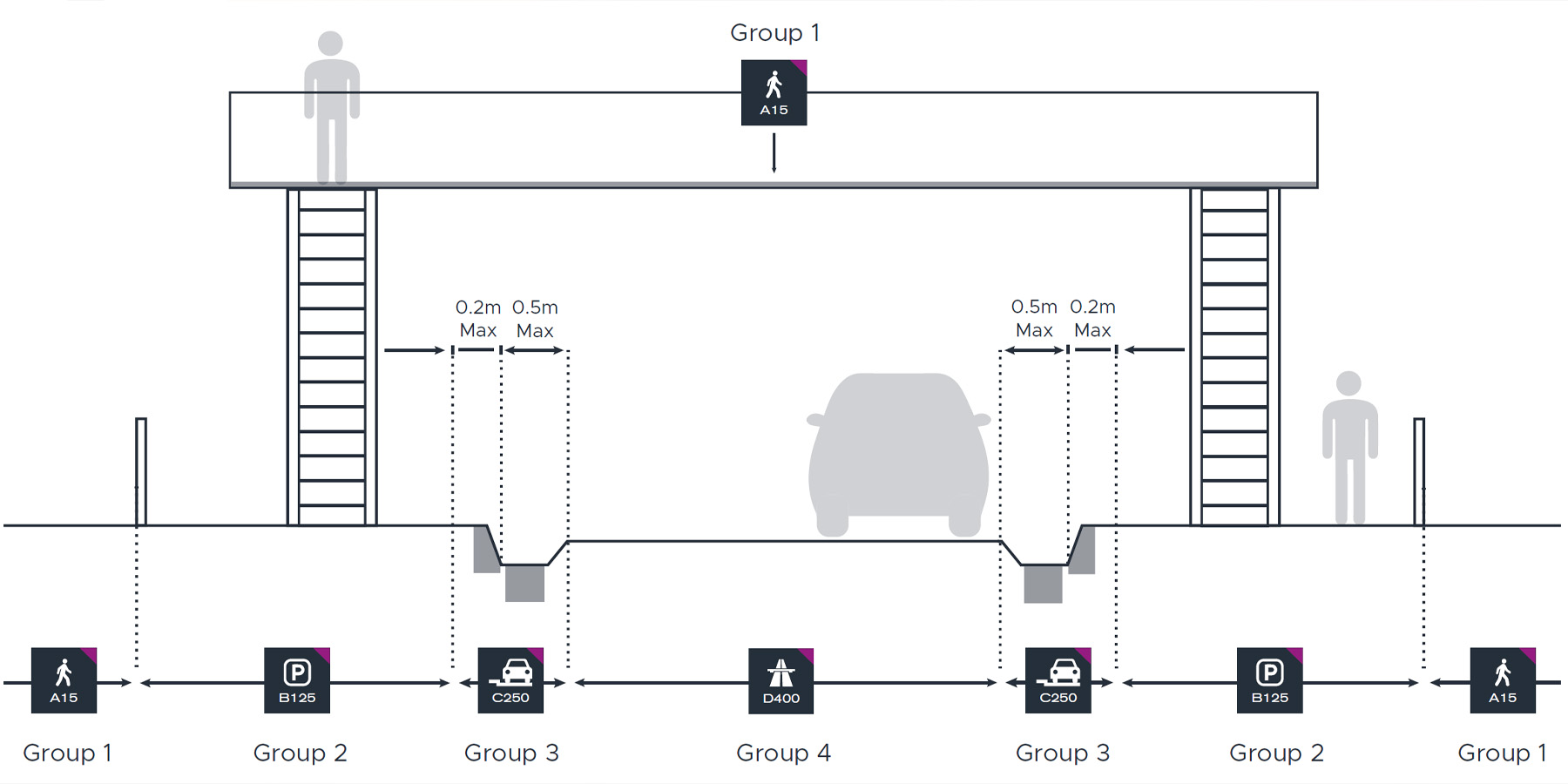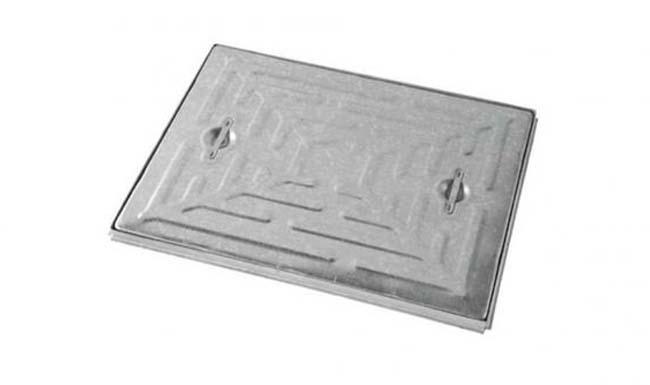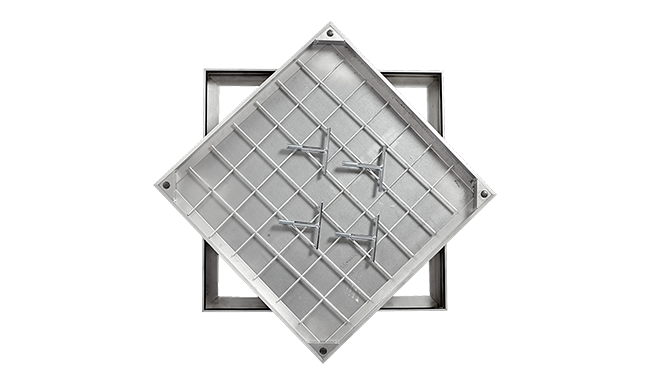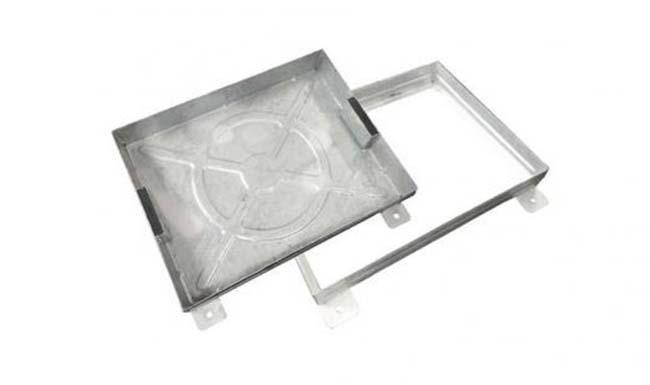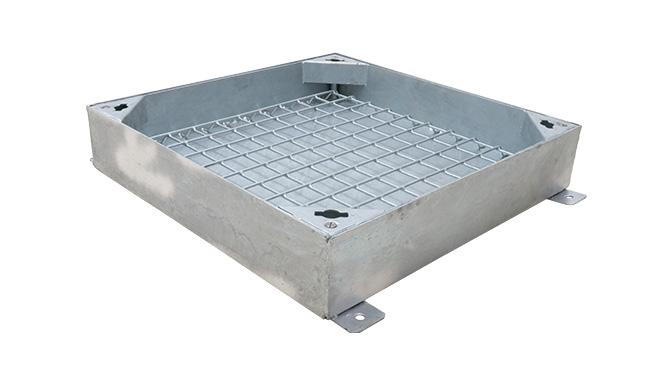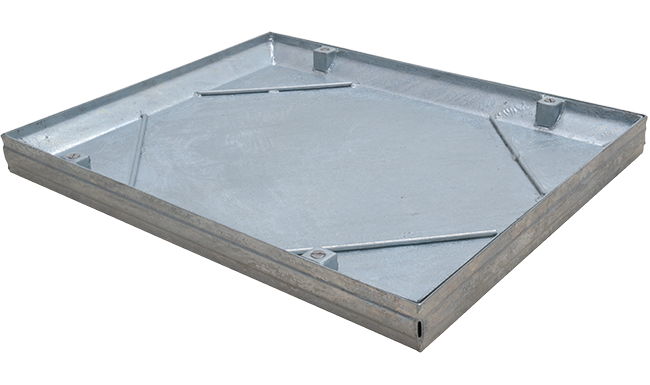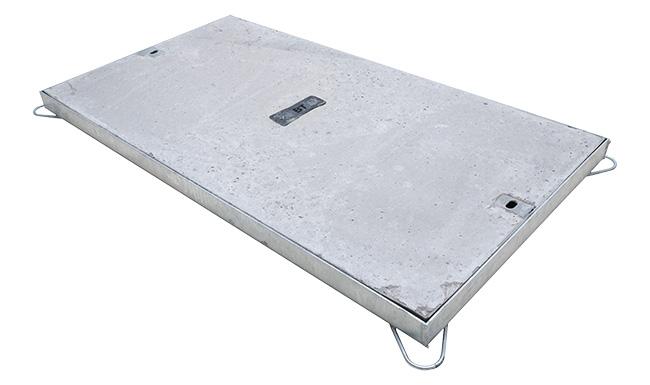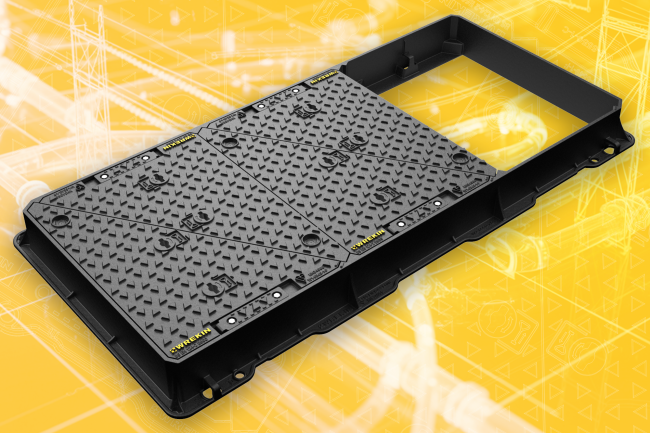
Blog
Choosing the Right Manhole Cover: A Guide for the Quality-Conscious Contractor
25 July 2024
In the ever-evolving landscape of civil engineering, the importance of selecting the appropriate manhole cover for a given project cannot be overstated. With road traffic volumes having surged over the past three decades and many thoroughfares experiencing loads they were not originally designed to withstand, the durability and performance of manhole covers have never been more critical.
Understanding the parameters for choosing the right manhole cover is essential. This article delves into the key considerations, from size to material, loading class, sealing options, and additional features that aid in prolonging the lifespan of covers on our roads.
Size MattersThe size of a manhole cover must correspond accurately to the opening and structural support base it is intended to secure. A precise fit is crucial not only for safety but also for maintaining the structural integrity of the roadway and the underground utility it protects. 1. Measure the Clear Opening Size: The first step involves accurately measuring the clear opening size of the manhole, which is the dimension of the manhole's chamber opening itself, not the cover. BS EN 124 defines the Clear Opening to be the largest circle that can pass through a frame aperture. This measurement is crucial as it determines the size of the cover needed to fit securely over the opening. The clear opening is measured from the inside walls of the manhole, from one side to the opposite side. For square or rectangular holes, both length and width measurements are required, while for circular holes, the diameter is measured. See how manhole covers and gully grates are measured. 2. Consider the Frame Depth: Measure the depth of the frame or the depth of the brickwork/asphalt in which the cover will be seated. This measurement, known as the frame depth, is essential for ensuring the cover sits at the correct height, is supported adequately and allows for the effective use of intended bedding materials. Top blogs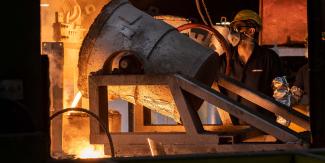
Material ConsiderationsThe material of the manhole cover is a pivotal factor in its performance. Ductile iron has long been the material of choice for its resilience and strength-to-weight ratio. Known for its exceptional durability, it can withstand high loads and heavy traffic, making it ideal for use in areas with significant vehicular movement. Alternatives such as steel can be tailored for bespoke systems, offering flexibility for unique project requirements. Steel covers are typically not installed in highways due to the limitation of their material sections (to comply with national standards). Loading Class is KeyThe choice of manhole cover must consider the loading class defined by Product Standard EN 124. Covers are categorised based on the maximum load they are designed to bear, ranging from Group 1 (light pedestrian traffic) to Group 6 (heavy-duty airport and dock areas). In Group 4 locations, a minimum of D400 must be used, irrespective of whether they're city centre roads or motorways. Group 3 locations are usually associated with kerbside installations. CD534 requires an upgrade to E600 in Group 4 locations subject to heavy traffic intensity/weight. Products are given load class ratings from A15 for Group 1 locations, up to F900 for Group, see the table below for more detail.
Steel fabrication is a highly flexible process allowing all sorts of non-standard sizes and designs for low risk applications. As a consequence, the industry in the UK uses a number of definitions of loading categorisation that can be confusing. Some are historical descriptions while others are descriptions based on the gross laden weight of a vehicle or individual wheel loads. There can be conflicting definitions of exactly what the descriptions mean and how the access cover will perform leading to different manufacturers offering different products for a given application. In an attempt to apply some logic and give guidance to users the Fabricated Access Covers Association (FACTA), of which Wrekin is a member, has produced definitions and loading categorisations in the form of classes for fabricated covers. FACTA load classes don't harmonise with those of EN124 and are generally of lower requirements, such that we would recommend that where available, third-party certified EN124 load class products should be employed in high-risk applications. In addition, many of the historical loading descriptions still persist, so using our 30 years’ experience and technical knowledge, Wrekin have produced a guide to load categorisations and the correct choice of Wrekin product. Steel load table
Sealing Options for Enhanced PerformanceMost installers understand that sealing is about preventing odours as well as fluid ingress/egress. Typical sealing options are available for steel access covers, giving a greater variety of options. 1. Unsealed covers are often described as ‘plain seated’ and lack any airtight finish and are ideal for applications where odour escape or fluid ingress/egress is not an important consideration. 2. Single seal arrangements are often achieved with a continuous cover/frame labyrinth. Filling the frame labyrinth with grease or other sealing material will enhance the effectiveness of the seal, providing a low-to-moderate level of resistance to gaseous/fluid egress/ingress under normal atmospheric pressure. 3. The double seal arrangement can be achieved with a unique captive ‘o’ ring under lateral compression in a specially designed lipped channel, enhanced by a continuous cover edge. A second seal is achieved with an additional gasket which is vertically compressed in the channel. This double seal provides an enhanced level of resistance to gaseous and/or liquid ingress and/or egress under normal atmospheric pressure. Ductile iron manhole covers, with double triangular covers, are much harder to seal due to the way the cover sits within the frame. We do, however, offer options for sealing within the frame, using accessories. 1. Unite retrofittable seal plates: Manufactured from ductile iron, it reduces the likelihood of corrosion, often found when using GRP alternatives, by being of a harmonious material with the rest of the frame. These plates can achieve WIS 4-26-01 Class 2 or Class 3 leakage classification. 2. Flood and odour control plates: Our flood and odour control plate is an optional accessory which can be factory fitted to Wrekin ductile iron access cover and frames. It is designed to provide the access cover frame with resistance to egress of chamber odours, flood water ingress and intermittent chamber pressures of up to 0.5 bar while allowing access to the chamber via a removable steel lid. These plates can achieve WIS 4-26-01 Class 2 leakage classification. Longevity Features for High-Intensity RoadsFor roads with intense traffic, features that enhance the longevity of manhole covers are a prime consideration. These may include features to minimise seating wear, features that help the frame to harmonise with the surrounding bedding mortar by converting traffic forces into those compatible with the adopted bedding structure and increased rigidity from frame gussets. Features like these can lead to a much longer lifespan for manhole covers, which then reduces the number of required reinstallations, saving time, money and reducing CO2 emissions associated with resurfacing works and removal of old products. Check out our market leading Unite range of manhole covers and gully grates, which have been installed for over 20 years, with 0 reported failures, and are also offered with a 10-year warranty. In ConclusionSelecting the right manhole cover is not merely a technical decision—it is a commitment to the longevity and safety of our infrastructure. For us, excellence is achieved through attention to detail and a pursuit of sustainable, cost-effective solutions. At Wrekin Products, we pride ourselves on a heritage of expertise that spans over 40 years. Our dedication to outstanding design and technical know-how ensures that you receive not just a product, but a comprehensive solution tailored to the demands of your project. For those seeking to make informed decisions and educate their clients on the benefits of robust, eco-friendly materials, we stand as an ally in your quest for excellence. Related products
| |||||||||||||||||||||||||||||||||||||||||||||||||||||||||||||||||||||||||||||||||||||||



